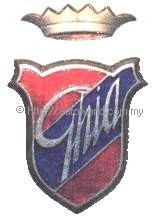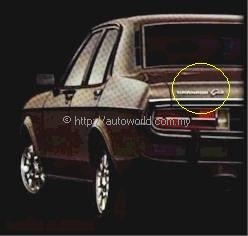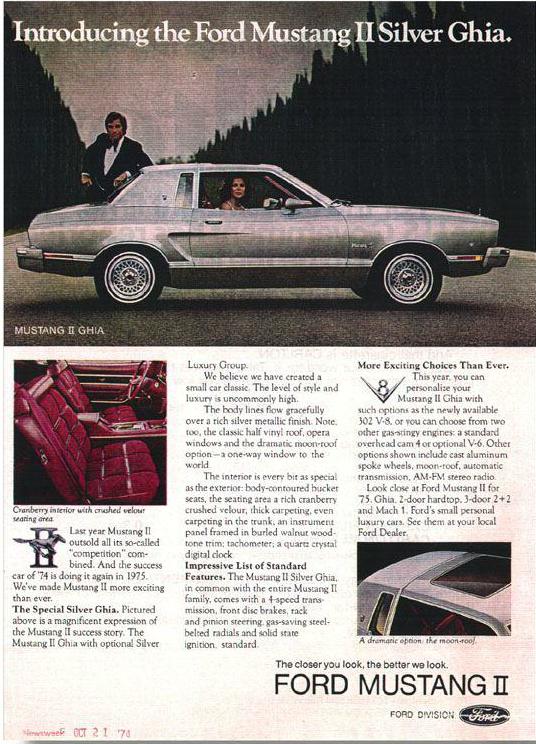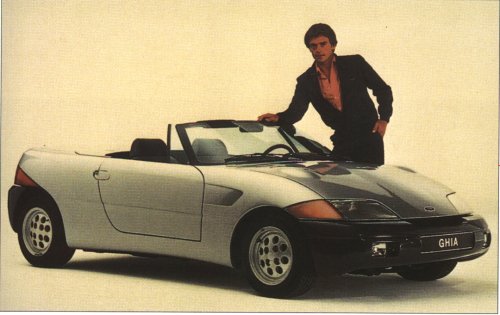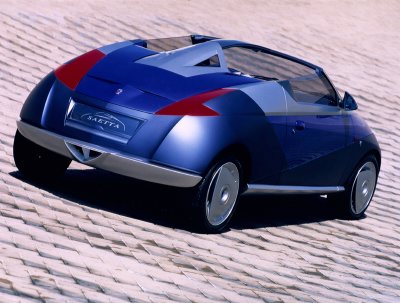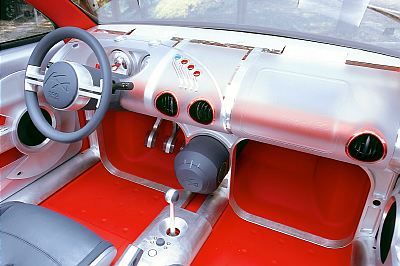The story of Ghia
While many people would be familiar with Bertone and Pininfarina as the famous auto designers of Italy, Ghia is also a member of the carrozzeria that have given the world some of the most exciting automobile shapes for decades.
The studio was originally founded by Giacinto Ghia, who was born in Turin in 1887. He was a master builder of wooden models but he also became skilled at styling. His talent was apparent in the models he styled with the best known said to be the Fiat 508 Ballilla sports coupe which was displayed at an exhibition in Turin in 1933.
Until World War II, his small business was fairly successful and he was commissioned to do work for companies like Alfa Romeo, Fiat, Isotta and Lancia. However, the war years destroyed everything he had achieved and as he was attempting to rebuild his factory in 1994, he fell ill and died.
His widow offered the company to a couple of good friends who decided that the Ghia name should be retained. One of the two friends was a stylist named Felice Mario Boano whose designs were characterised by wheels which were enveloped.
In 1951, Luigi Segre, who was a 30-year old designer in the company, visited the USA and being also an entrepreneur, he decided to look for new business contracts there. He came in contact with the head of Chrysler’s showcar division, Virgil Exner, who was also a designer in the American company in the 1950s. Exner also had the task of building prototypes for motorshows but he was so busy that he decided to let Ghia build them.
Segre got on well with Chrysler executives and his close relationship with Exner was strong. Boano, however, did not give much support to the foreign business and had disagreements with Segre. But in the end, it was Segre who stayed on in the company and eventually took control.
The 1950s saw many Ghia creations and one of the most famous was the Karmann-Ghia. The story goes that Karmann had been asked by Volkswagen to develop a sportscar using the Beetle platform but all the proposals were not acceptable. The son of Dr Karmann, the company’s founder, was a friend of Segre and told him about the problem they were having. Ever enterprising, Segre quietly set about developing a prototype using a Beetle platform. It took Ghia just five months to build a prototype; in fact, Sergio Satorelli, Ghia’s chief designer, was able to come up with three designs within days of being told of the unofficial project. It was so appealing that VW would agree to make it an official product and sell 42,510 units between 1962 and 1969.
Unlike Bertone and Pininfarina, however, Ghia never ventured into making cars for sale in any significant way. It remained as a styling studio, offering some very memorable designs which are still admired today.
Few may know it but Ghia was also ‘indirectly’ responsible for the shape of the Volvo P1800 coupe (the original car of ‘The Saint’) back in 1957. At that time, Volvo’s designers had been busy working on the Amazon (121/122) – a very important model for the company – and had no time for a sports model. The consultant for Volvo, Helmer Pettersson, who was given the project decided to pass it on to his son, Pelle, who was working for Ghia as a designer at that time.
However, Ghia was not allowed to do work for another automaker because, by then, it had a contract with VW for the Karmann-Ghia and was forbidden to help anyone else do a sportscar. So an understanding was made whereby there would be two design proposals from Frua (another Italian studio which was a subsidiary of Ghia), two from Ghia and one from the Pelle Pettersson. Of the five, Pelle’s design was chosen and prototypes were built by Frua, with Pelle refining the styling.
Ghia’s relationship with Chrysler continued and it was called upon to do many concept cars as well as some limited production. Exner left the company in 1961 and Segre died in 1963. Ghia changed owners a few times till it was bought up by Alejandro de Tomaso in 1967.
De Tomaso’s way of running the company saw many designers resigning although the head of design remained for some time. He was Giorgio Giugiaro who would later start his own studio called ItalDesign and go on to gain fame as well.
In August 1969, Lee Iacocca, then a senior Ford executive slated to become president the following year, visited Ghia. The flamboyant Iacocca was impressed by de Tomaso’s sportscars and commissioned de Tomaso’s Ghia studio to do some engineering prototypes and concept models, as well as some special editions.
One of the first projects was a running prototype of a small sportscar. It was adapted from Iacocca’s ‘baby’, the Mustang, and eventually became the Mustang II. Ghia’s designers took just 53 days to complete their assignment which also provided Ford with a new direction in thinking.
The effort impressed Ford and in 1973, when De Tomaso ran into financial difficulties, the American carmaker bought over Ghia for the purpose of having a professional but external styling studio. At that time, Ford had a small studio in Italy too and this studio was combined with Ghia.
The man who headed it was Filipo Sapino who was a designer at the smaller Ford studio. Actually he had also worked for Ghia earlier (as well as having a short stint with Pininfarina where he was involved in Ferrari styling) and by 1976, Sapino was given the position of managing director of Ghia. He would hold that position for the next 25 years.
While Ghia was used as an advanced styling studio by Ford much of the time – it certainly produced some exciting concept cars over the years – it was also called upon to refine production models. These refinements were aimed at creating luxurious versions with higher-quality trim levels and equipment.
The first Ford to get the ‘Ghia treatment’ was the first generation of the Granada 3000 Ghia in 1974. Later, Ghia versions of popular models such as the Escort, Capri and Cortina would follow. The Ghia image was so strong that some Malaysians even referred to the late 1970s Escort Ghia as just a ‘Ford Ghia’!
Some Ghia concept models were also turned into production cars, usually sporty models. For example, the Ghia Barchetta was chosen as the basis for the reincarnation of the Ford Capri in the 1980s, a product which was made in Australia using a Mazda 323 platform. The most recent Ghia effort is the Streetka, which also started off as a concept and is now a production model that the public can buy.
March 2001 saw the restructuring of Ghia where it would be transformed from a traditional Italian coachbuilder to an electronic concept studio.
“As we further define our priorities within the Ford Motor Company global design organization, we are making changes to the operating structure of our worldwide studios to meet the needs of our portfolio of brands,” said J Mays, Ford Motor Company vice president of Design and Chairman of the Board for Ghia. “This is consistent with our quest for efficiency throughout the Ford Motor Company product development enterprise.”
The restructuring of Ghia included a 95% reduction of operating staff, refocusing of the skill mix needed to operate an electronic studio versus a full-service coachbuilder, and the updating of the facility and equipment. Until 2001, the studio had around 48 designers, engineers and model makers.
The new operating structure for Ghia is modeled after the structure of Volvo’s Barcelona and California studios (Volvo is part of the Ford Group). The Ghia studio now has five design staff working completely on the computer and is charged with the development of new vehicle proposals, concept vehicles, and themes for high-series model trim levels for the Ford of Europe product line-up. The designers are also responsible for learning about the customers in their region in order to better serve them through products that are designed to meet their needs.
“It is essential that designers in the Ghia studio develop proposals that draw from the rich culture, diverse needs and unique driving conditions that our Italian customers identify with, while creating Ford products that will appeal to the greater European customer base,” said Mays.
Ghia’s design proposals will be created and refined completely on computer and via data transfer to one of the Ford studios(Dunton, England or Cologne, Germany), a 3-dimensional model will be made for review and verification. This approach will help streamline the design process, reducing vehicle development time and cost.
While this restructuring appears to make sense in terms of Ford’s global design organization and modern design processes, it does, however, effectively end the traditional coachbuilding and prototyping that has been the company’s business since it was started by Giacinto Ghia.




